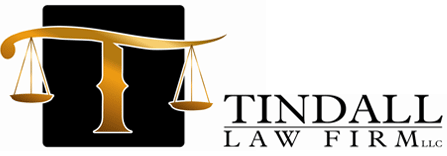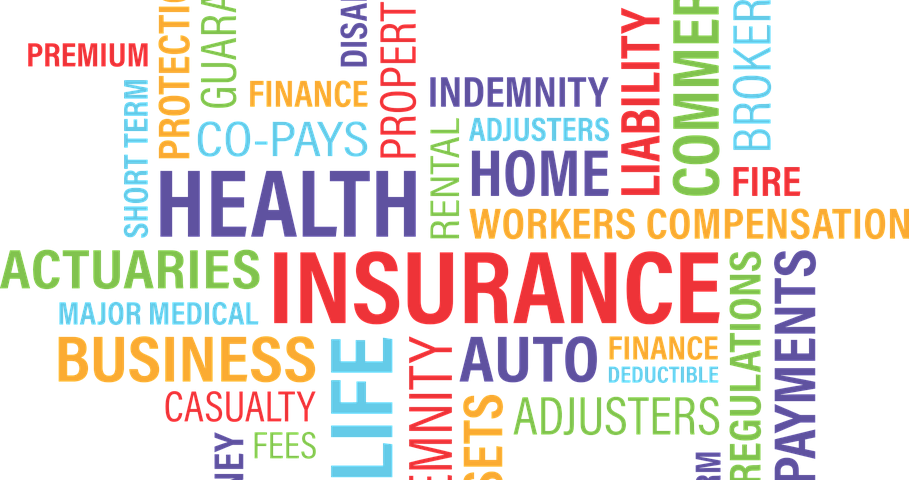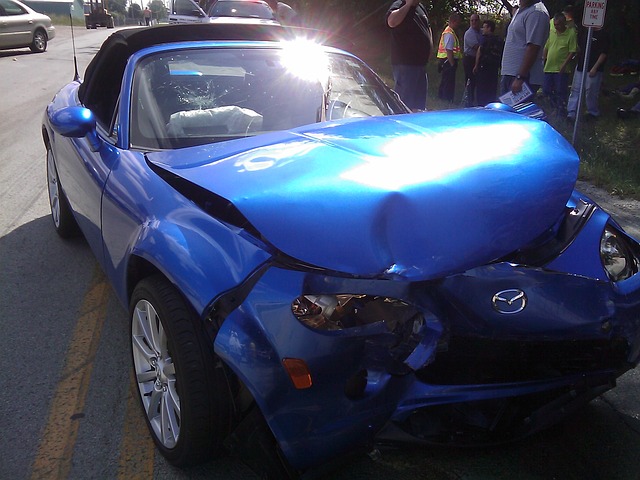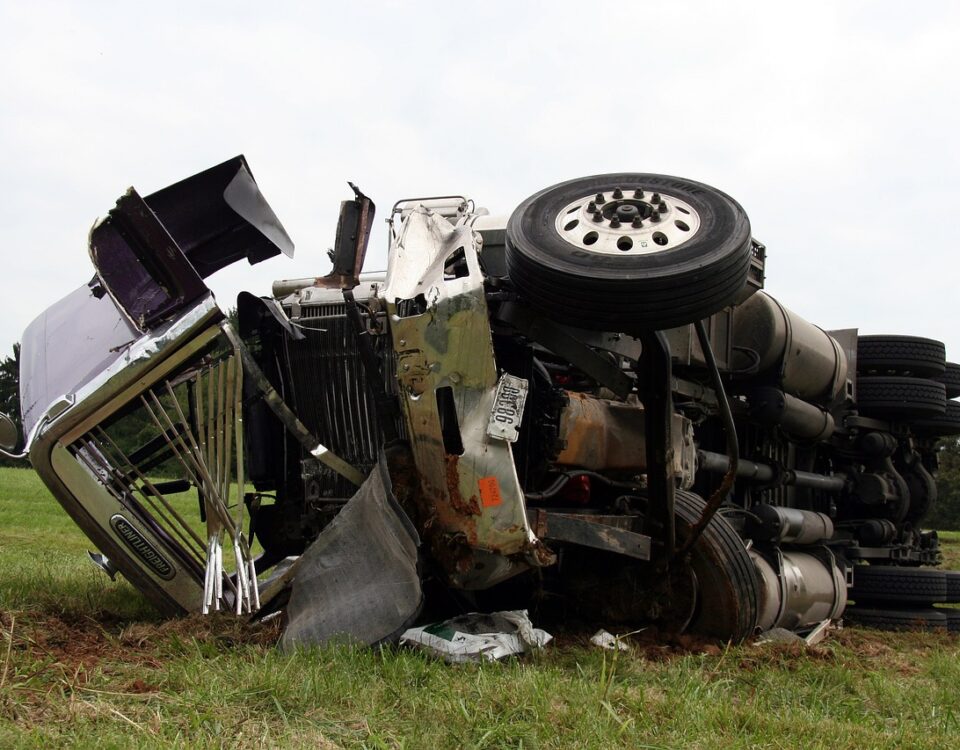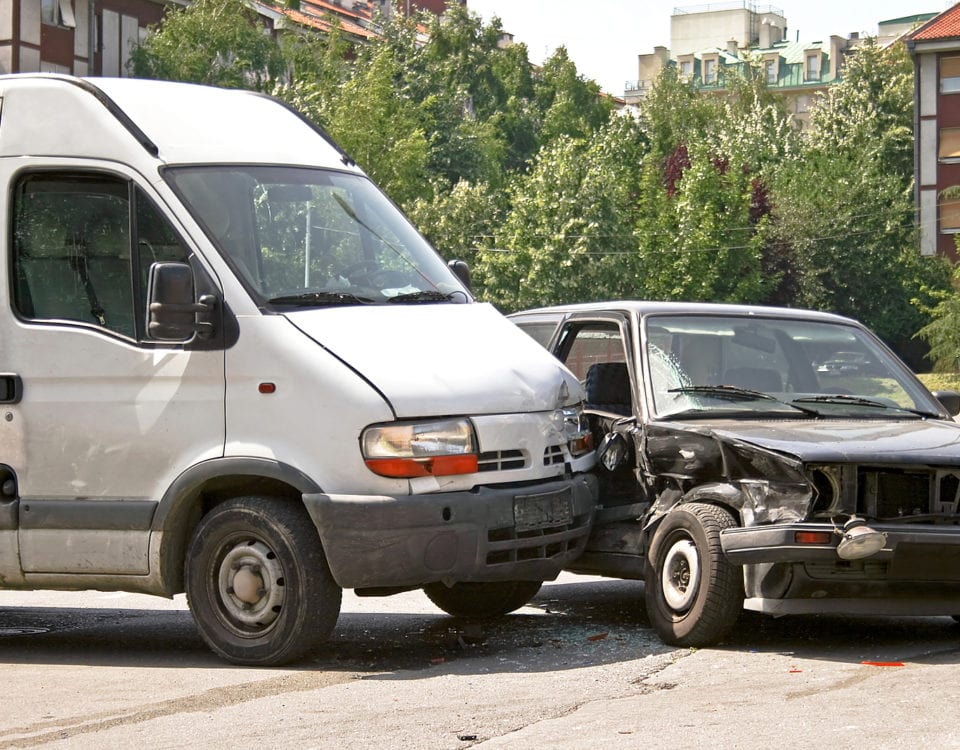Full Coverage Insurance Can be Misleading
A Tradition of Excellence
 Sampling of Successful Case Resolutions
Sampling of Successful Case Resolutions
 Read our answers to some frequently asked questions.
Read our answers to some frequently asked questions.
Statement
 View Our Mission Statement
View Our Mission Statement

Accidents and UBER – Where do you stand
September 5, 2017
What is Comparative Fault
March 27, 2018What Does Full Coverage Auto Insurance Really Mean?
Auto insurance can be mysterious. Vague and misleading legal terms tend to confuse purchasers.” Full Coverage” is a term that gets used a lot, but what does it really mean?
Levels of insurance coverage
A combination of many different types of policies/coverage works out to be what is sold as “full coverage.” Individual items listed below make up what is commonly referred to as a full coverage policy:
State Required Liability or No-Fault Insurance Coverage: helps cover bodily injury and property damages to others in an accident that you caused
Property Damage: This covers the damage you cause to another’s vehicle
Collision Coverage: This coverage helps pay for the damages to your vehicle even if you are at fault for the accident.
Comprehensive Coverage: helps cover damages that were NOT the result of an accident, like vandalism or theft.
Uninsured Motorist Protection: helps you cover costs when you get hit by a driver with no insurance
Underinsured Motorist Protection: helps cover your costs when you get hit by a driver with insufficient insurance
Medical Payments Coverage: helps cover your medical bills after an accident
Rental Reimbursement: helps cover rental costs when your car is not functioning
Emergency Road Service: helps cover the costs of towing and labor
The biggest mistake I see made regularly with those purchasing auto insurance is that the consumer feels protected if they have so called “full coverage.” But just because one has full coverage does not necessarily mean you are safely protected. As important, or more important than having full coverage, is the amount of the limits that you select behind this full coverage. If you buy the minimum coverage under CT law of $20,000.00/$40,000.00 (note the Legislature is trying to change these minimum limits higher currently), you are woefully left unprotected on all fronts. If you cause an accident, the injuries that someone incurs are usually worth far more than $20,000.00. Further, if you are hit be an uninsured motorist, your uninsured coverage of the minimum $20,000.00 is usually too low to cover all of your damages such as medical bills, lost wages, pain and suffering, injuries, disabilities, etc.
I strongly urge that all consumers purchase a minimum of at least $100,000.00/$300,000.00 liability coverage and the same for uninsured or underinsured motorist coverage. I would urge you purchase even more than that amount, either $300,000.00 or $500,000.00. I say this from the benefit of 20 plus years of practice as an attorney, unfortunately seeing a lot of death, destruction and horrific injuries to my clients from car accidents.
I also urge you to purchase an umbrella policy of coverage of $1,000,000.00 that covers any negligent act of yours above and beyond the liability coverage you have on your auto insurance. Umbrella policies are usually relatively inexpensive about $200-400 a year, but can give you a great deal of peace of mind if you are ever at fault for an accident. The umbrella policy would kick in to protect anyone from suing you for your personal assets in the case you cause injuries to another in a car accident. It also covers you above and beyond what your homeowner’s coverage provides for any negligent acts you may commit at your home that cause another’s injuries.
Gap insurance is very important to have on your car. This is coverage that kicks in if your car is in an accident and it is a total loss. If the fair market value of the car is less than what is owed you would be in a mess having to cover the difference to the bank or finance company. If you have gap coverage it kicks in to cover this difference between what you owe and the fair market value payout of your car for the total loss. You can purchase this coverage at the time you purchase or lease your vehicle.
On the coverage you purchase for the property damage you cause to another’s car during an accident, you should make sure you have at least $100,000.00 of coverage, since many vehicles have considerable value. Further, if you damage more than one vehicle, the $100,000.00 of coverage should cover most accidents.
Lastly, if you have very good health insurance, I would not advise you purchasing medical payment coverage on your auto policy. Under CT law, even if you do not want to you, you are forced to file a medical payment claim under your own insurance for payment of your medical bills following an accident. Further, health insurance will refuse to pay the bills, since auto insurance Medpay coverage is primary, and health insurance is secondary. Also, if you make a Medpay claim against your own insurance policy, you can often raise your auto insurance rates, even if the accident is not your fault. So Medpay coverage is good if you do not have health insurance, but if you have great private health insurance – not state Husky or Medicaid coverage – then I would not purchase Medpay coverage.
Auto insurance policies do vary from company to company and even person to person. A qualified auto insurance agent should take the time to help you understand all options available. Remember to always read the fine print!
Our experienced personal injury attorneys at Tindall Law Firm have seen a lot of different auto insurance policies over the years, and understand how to maximize the compensation to which you are entitled for the harms and losses another causes you. If you have been injured in an auto accident, call us for a free consultation. 203-755-0018
